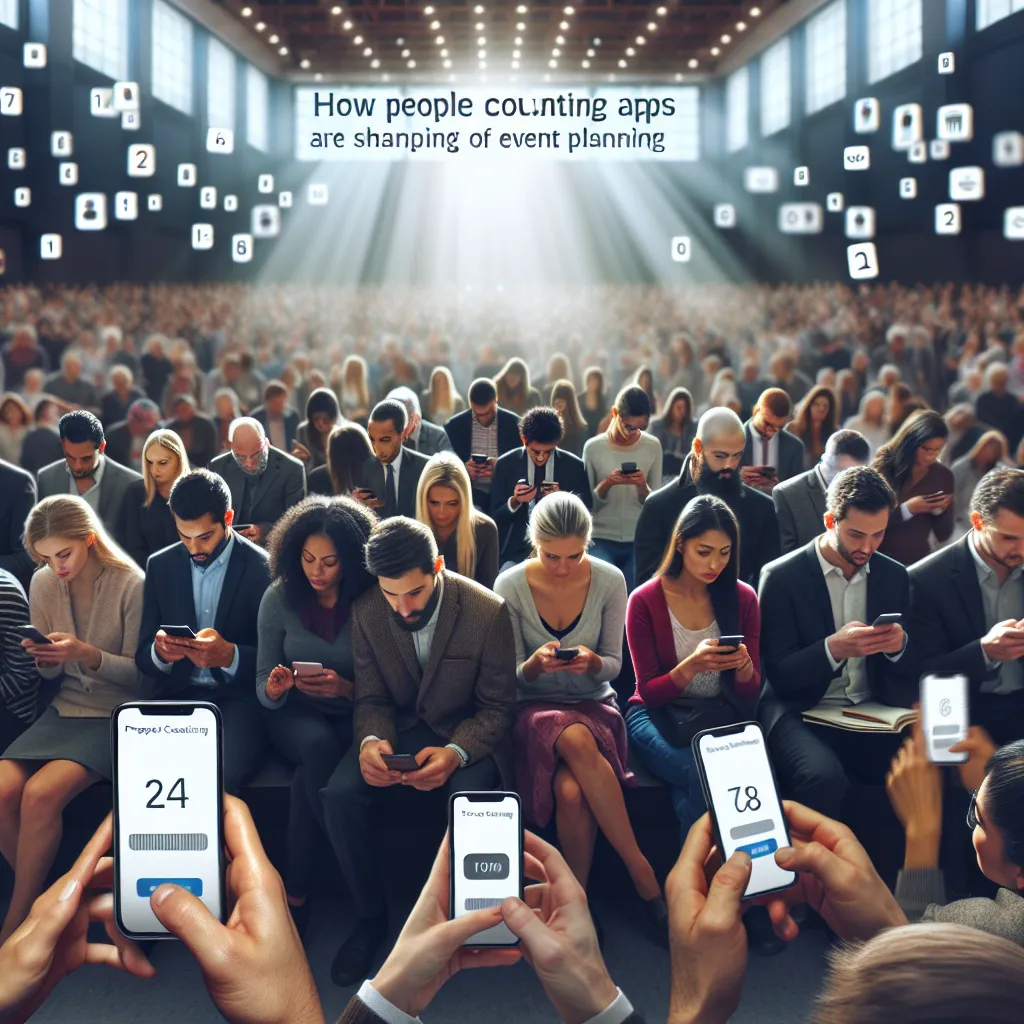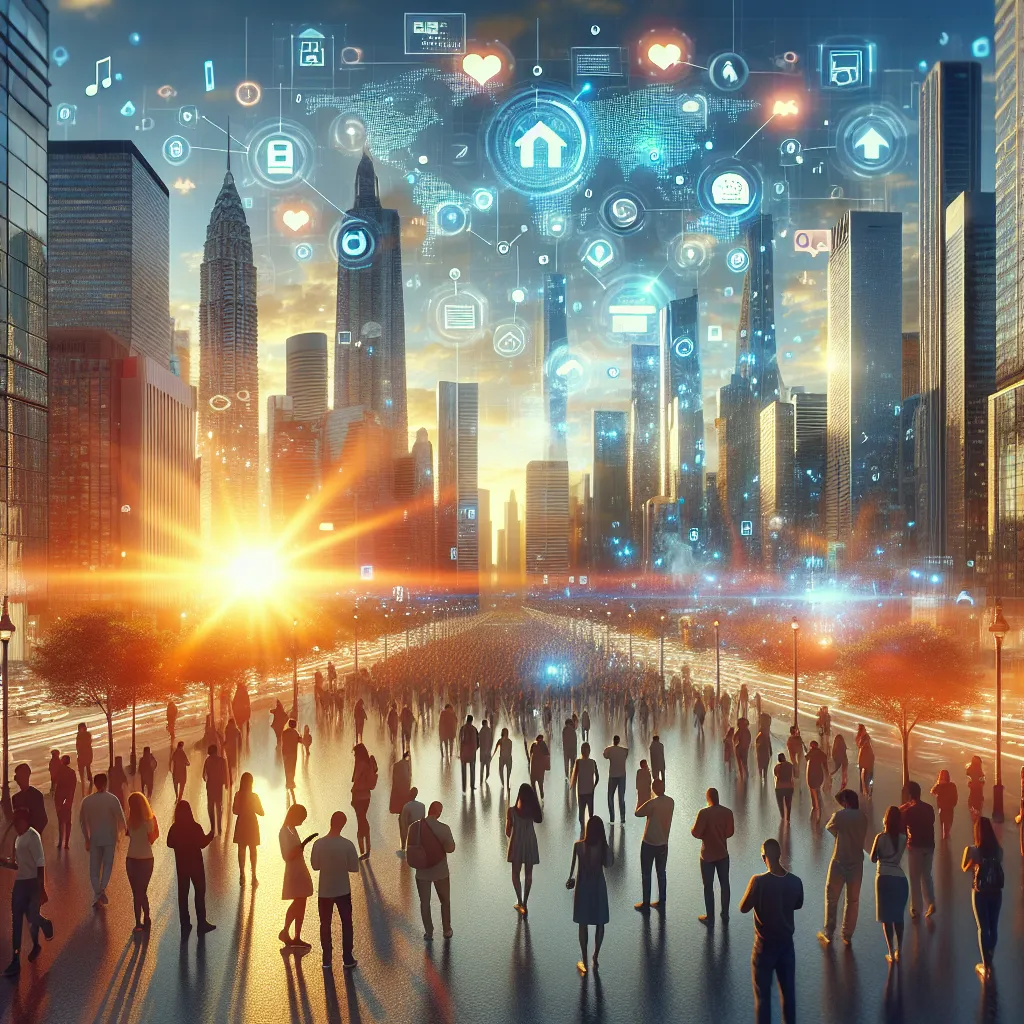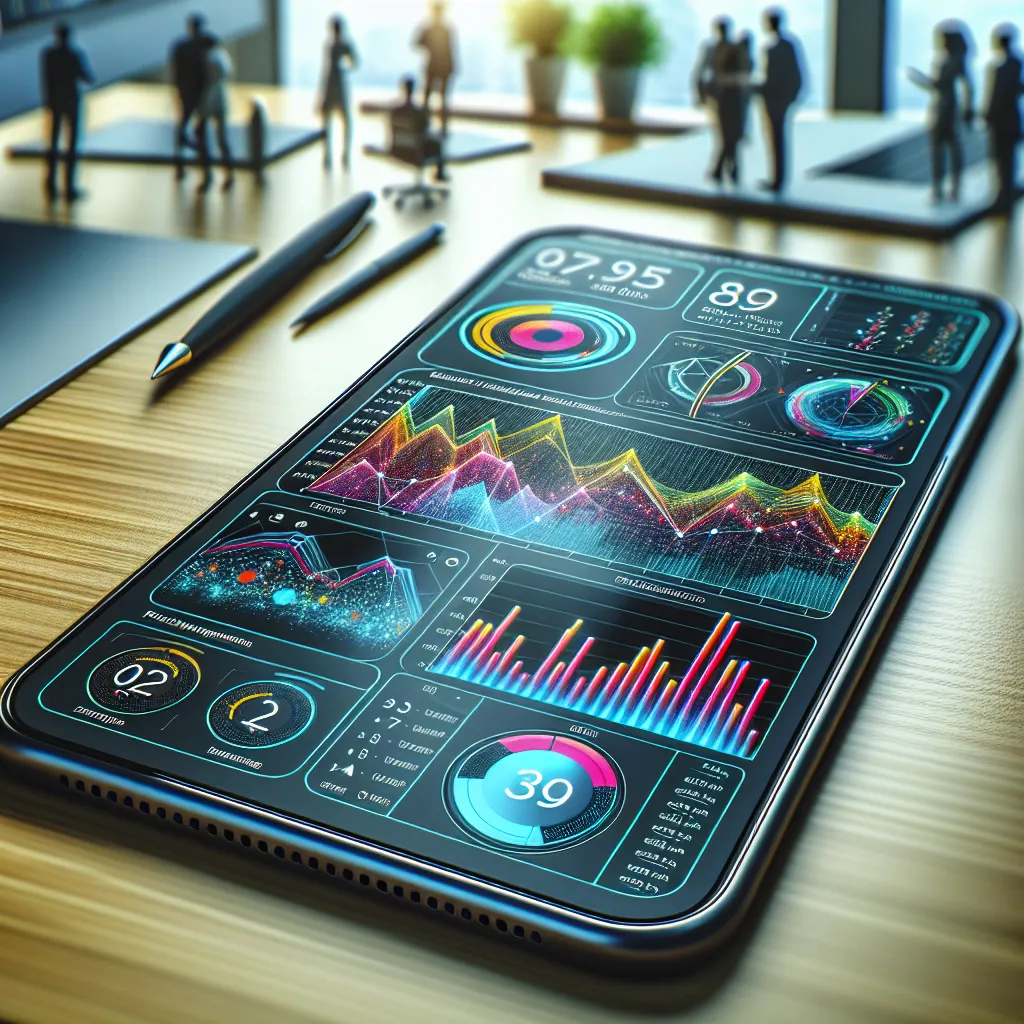Managing Social Distancing in the Age of Big Data
In today’s connected world, managing social distancing has become a significant challenge, especially in the age of big data. Governments, businesses, and institutions are leveraging advanced data analytics to ensure public safety while minimizing disruption. This post explores how big data is revolutionizing the way social distancing is managed, making it more efficient and effective.
Understanding Social Distancing
Social distancing refers to measures taken to prevent the spread of contagious diseases by maintaining physical distance between individuals. It includes strategies like keeping a safe distance from others, avoiding large gatherings, and staying away from crowded places.
What is Big Data?
Big data refers to large and complex data sets that traditional data-processing software cannot handle effectively. These data sets can be analyzed to reveal patterns, trends, and associations, especially relating to human behavior and interactions.
How Big Data Enhances Social Distancing Management
-
Real-Time Monitoring: Big data enables real-time monitoring of public spaces. With the use of sensors and cameras, it is possible to track how people move and interact in different environments, ensuring compliance with social distancing guidelines.
-
Predictive Analytics: Predictive analytics use historical data to forecast future trends. By analyzing past behavior, big data can predict areas where social distancing might be challenging, allowing for preemptive measures.
-
Contact Tracing: Big data tools are essential in contact tracing efforts. By analyzing data from various sources, health authorities can identify and isolate those who have come into contact with infected individuals, thereby containing the spread of disease.
-
Resource Allocation: Big data analytics improve the allocation of resources such as masks, sanitizers, and vaccines. By understanding trends and needs, authorities can ensure that resources are distributed efficiently to areas where they are most needed.
-
Public Compliance Monitoring: Using big data, authorities can assess the level of public compliance with social distancing measures. This can help in identifying non-compliant areas and formulating targeted interventions.
Case Studies
Singapore: Smart Nation Initiative
Singapore’s Smart Nation initiative employs big data to manage social distancing effectively. The government uses data from public transport systems, mobile networks, and sensors in public areas to monitor crowd density and ensure regulatory compliance.
USA: Google’s Mobility Reports
Google has been a leader in using big data for social good. Their COVID-19 Mobility Reports aggregate data from mobile devices to show how people’s movements have changed in response to social distancing measures. This information helps public health officials understand and improve compliance strategies.
South Korea: Comprehensive Data Systems
South Korea combines data from various sources such as credit card transactions, mobile phone tracking, and CCTV footage to trace contacts and manage social distancing. This multi-faceted approach has been crucial in controlling outbreaks efficiently.
Privacy Concerns
While big data offers numerous benefits in managing social distancing, it also raises significant privacy concerns. The collection and analysis of personal data must be handled responsibly. Transparent data usage policies, data anonymization, and strict regulatory compliance are essential to protect individual privacy.
The Future of Social Distancing in the Big Data Era
As technology continues to evolve, the role of big data in managing social distancing will grow. Future innovations may include smarter, more automated systems capable of real-time response to emerging threats. Integrating AI with big data analytics will further enhance the precision and effectiveness of public health measures.
Conclusion
Managing social distancing in the age of big data is a complex but essential task. By leveraging real-time monitoring, predictive analytics, and comprehensive contact tracing, big data can significantly enhance public health strategies. Balancing these innovations with privacy protections will be crucial for creating a safe and resilient society.
Big data is not just about large volumes of information—it’s about making that information useful to enhance public safety and health. As we become increasingly interconnected, the effective management of social distancing through big data will play a pivotal role in navigating future public health challenges.




